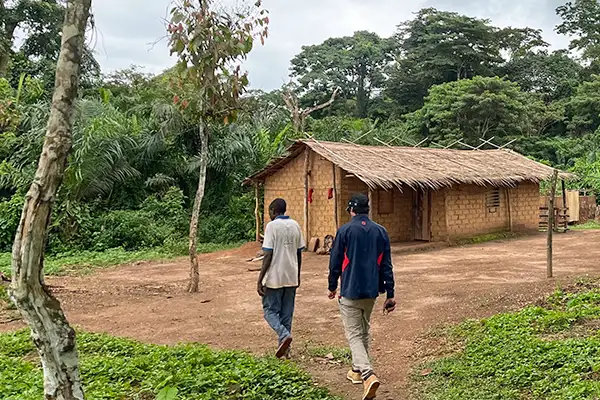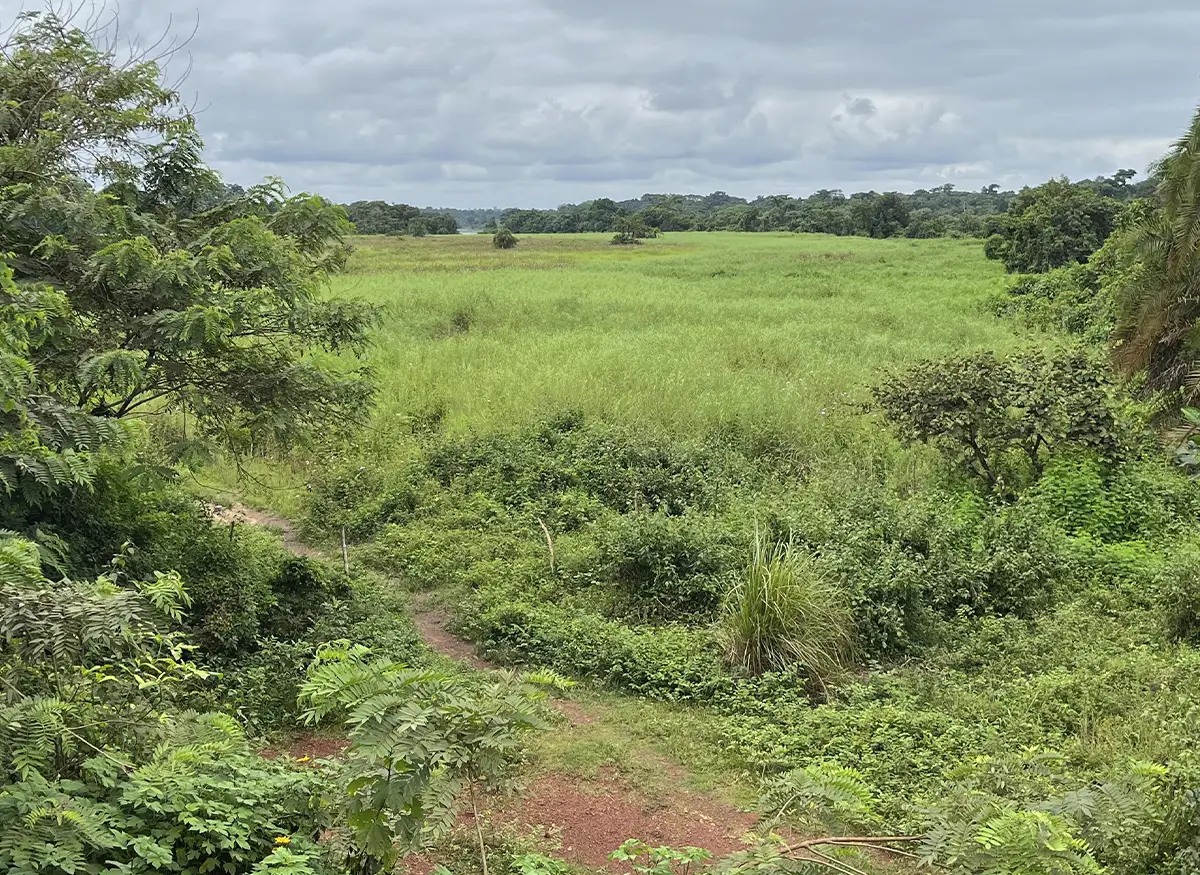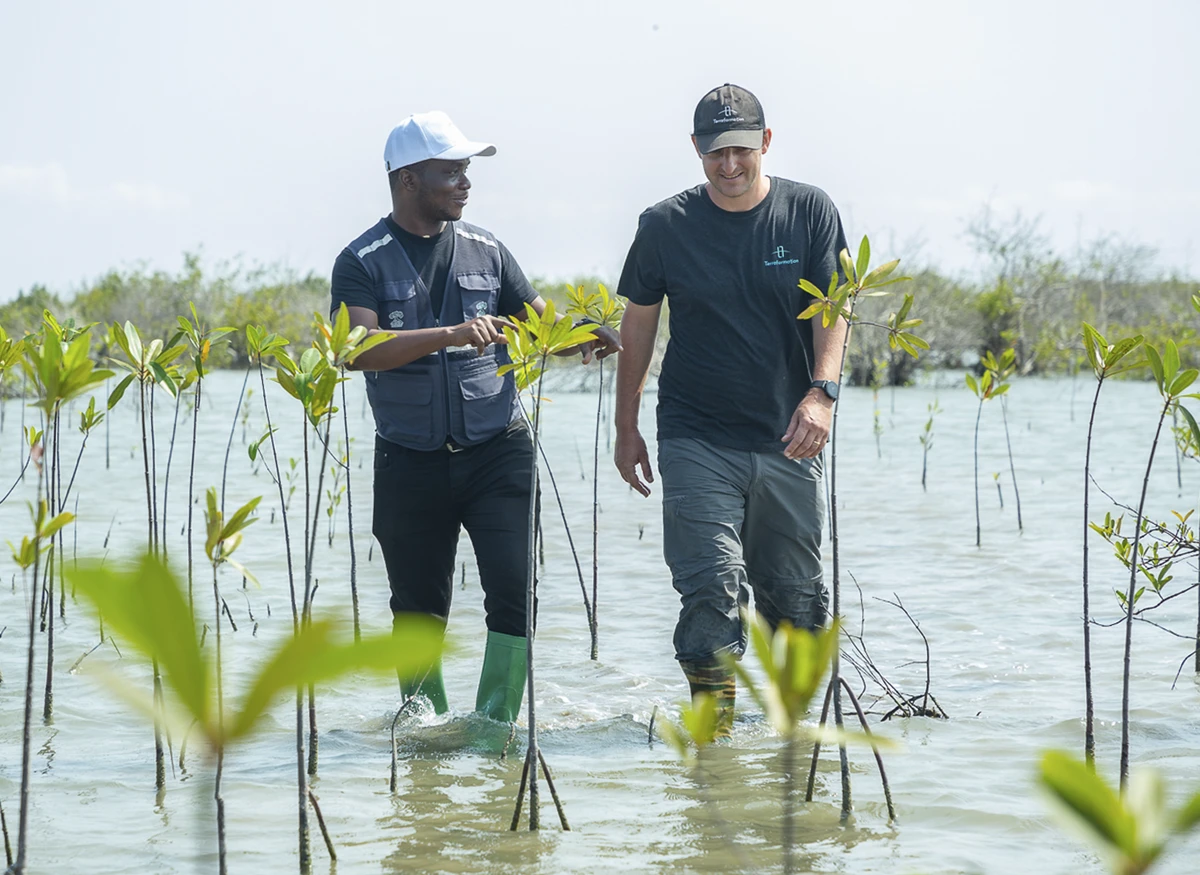
- Forest carbon projects face high risk from wildfire and other weather and climate hazards
- New research from Imperial College Business School and Terraformation finds that bundling as few as six forest carbon projects can reduce investment risk by half
- The report provides investors and policymakers new insight into how forest carbon investments can yield financial returns while mitigating the effects of climate change
WAIMEA, HAWAII [January 16, 2023] - Investors wanting to finance forest carbon credit projects, while mitigating portfolio risk, should look to diversified investment portfolios in the tropics, according to a new report authored by Imperial College Business School and Terraformation.
According to the new paper, Forestry-Backed Assets Design, published today by The Singapore Green Finance Centre — an initiative of Imperial College Business School and Singapore Management University, and backed by the Monetary Authority of Singapore and leading global financial institutions — bundling forest investments across forest ages, geographies and ecosystems can reduce investment risk by half or more.
While the viability of forest carbon projects hinges on a wide diversity of factors, the study sheds light in particular on the biodiversity potential of forest projects as well as wildfire risk vulnerability, leveraging support from the Leverhulme Centre for Wildfires, Environment and Society.
While risk pooling is common in a variety of Asset Backed Securities (ABS), including mortgages and credit cards, it has been less explored in the context of forestry projects. As the carbon market takes off, this security design could help make forests a more predictable asset class with a wide range of investors.
The paper also demonstrates the prevalence of geographies in the tropics (regions surrounding the equator) with both high carbon capture potential and high biodiversity restoration potential.
This overlap, the authors note, provides clear evidence of a link between carbon sequestration forestry projects and biodiversity preservation, and suggests a natural alignment between ambitious biodiversity and climate mitigation objectives. The authors believe these geographies of overlap will become the most attractive locations for forest carbon investors in the future.
The report is co-authored by Enrico Biffis, an Associate Professor of Actuarial Finance at Imperial College Business School, alongside Giuseppe Brandi, also from Imperial, as well as authors from Terraformation, a forest tech startup. It is the first in a forthcoming series on novel insights into forest carbon investments.
Enrico Biffis, Associate Professor of Actuarial Finance at Imperial College Business School and co-author of the report, said:
The findings are important for forestry asset originators, investors and forestry management companies, as well as policymakers and governmental agencies interested in understanding which forestry assets may need tailored intervention to make them more appealing to market participants interested in carbon-based assets.
Andrea Snavely, Finance Manager at Terraformation and paper co-author, said:
This paper provides important insights into the value of diversification for forestry-backed asset design that have been largely unexplored up until this point. It is our hope that this research can be useful to practitioners, regulators and academics alike to promote wider participation in this asset class.
The new paper, Forestry-Backed Assets Design, is available for download here.











.png)



